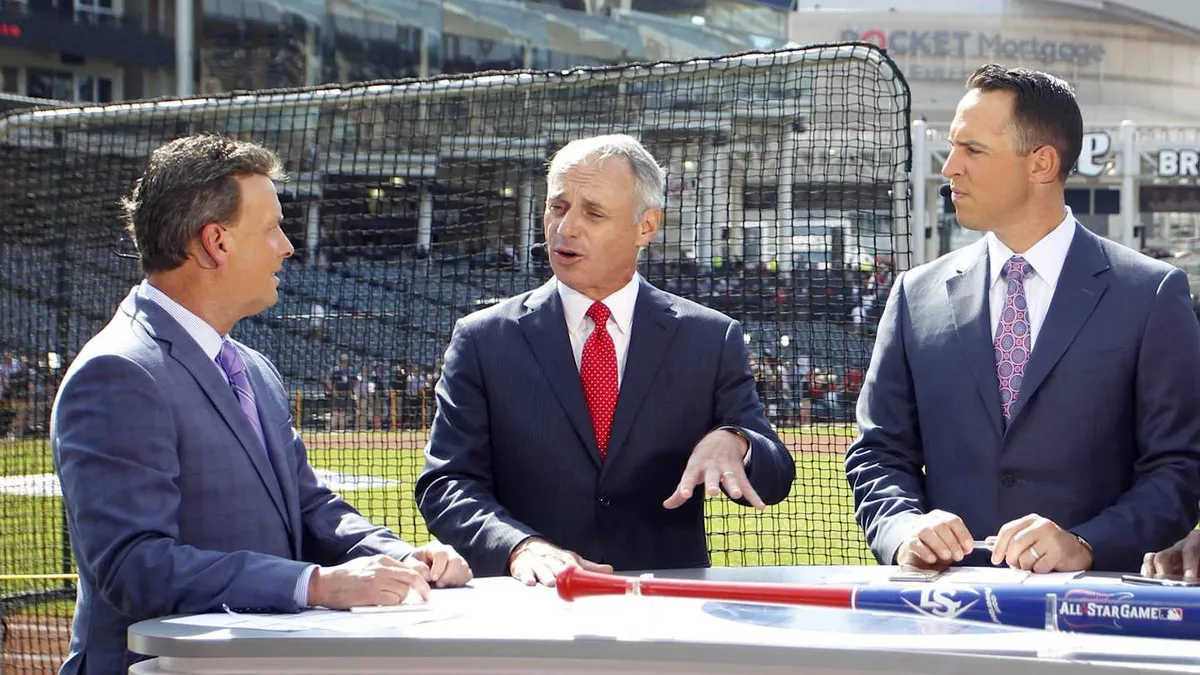
The longstanding partnership between MLB and ESPN is set to conclude after the 2025 season. This decision marks the end of a decades-long broadcast relationship that has brought baseball to millions of fans nationwide. The mutual agreement to part ways has significant implications for how baseball will be covered on national television in the future.
The primary reason cited by MLB for ending the agreement with ESPN is the network's ‘minimal coverage’ of the sport. Over the years, ESPN's focus has shifted, and MLB feels that the network's current broadcasting strategy does not align with its goals to maximize exposure and engagement for baseball. By opting out of the deal covering 2026-2028, MLB aims to explore other opportunities that could offer more comprehensive coverage.
With ESPN stepping back from its MLB broadcast rights, the league will seek new national TV partners to carry its games. This transition opens the door for other networks to step in and potentially offer more extensive and dedicated coverage of Major League Baseball. The shift also reflects broader changes in the sports media landscape, where streaming services and digital platforms are gaining prominence.
For decades, the partnership between MLB and ESPN has been a staple in sports broadcasting. ESPN has been pivotal in bringing iconic baseball moments to fans, with its extensive coverage of games, highlights, and analysis. The network's decision to end the agreement after the 2025 season is a significant shift in the sports broadcast industry.
As MLB seeks new broadcasting arrangements, it will likely consider partnerships that align with its vision of expanding the sport's reach. With the increasing importance of digital media, MLB may explore collaborations with streaming services to attract a younger, tech-savvy audience. This strategic pivot could redefine how baseball is consumed and appreciated by fans worldwide.
The conclusion of the MLB-ESPN partnership underscores a dynamic period in sports media, one where traditional broadcast models are continually evolving to meet the demands of a changing audience.